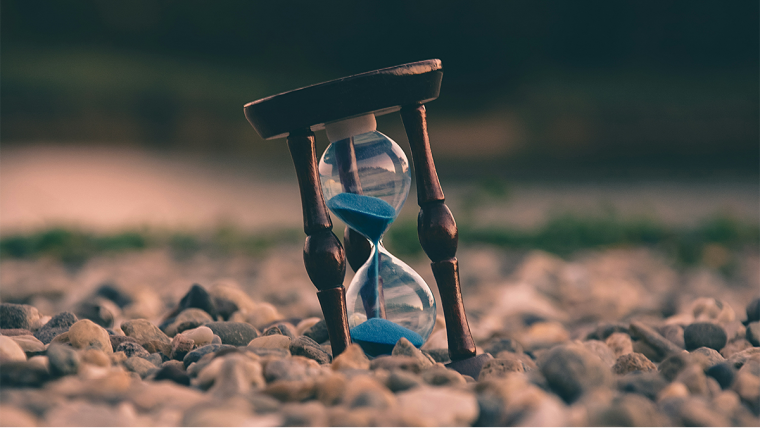In our Craft Capsule series, authors reveal the personal and particular ways they approach the art of writing. This is no. 211.

Sometime in my twenties I began to lose track of time. It’s not that I couldn’t mind the hours of the day or the days of the week; I lost my ability to locate specific moments in the timeline of life. When did I start graduate school? When did we move to Colorado? What year did we buy the house? Can I name, with certainty and without looking at photos or a calendar, a single thing that took place in 2010?
It’s no great mystery why this happened. Life, as it does, expanded. My babies were born, and sleep was lost; my body began protesting its container, and life agitated in one direction and then the other. Time unfolded unequally in moments of quick succession and monotonous, colorless stretches. There were somehow more moments to track but, concurrently, fewer anchors—fewer instances when life indelibly rooted itself in specific moments and places. Timestamps gave way to seasons. I didn’t want to remember how many years it had been since the pain started. Or maybe the moments were less about me and more about others. Or maybe there were just fewer big events to track.
When I began writing The Body Alone: A Lyrical Articulation of Chronic Pain (University of Iowa Press, July 2024), time refused a linear structure. The book is a hybrid nonfiction reckoning with chronic pain as I have experienced it for the last seventeen years. It combines memoir and medical records with vocabulary lessons and primers, research and scholarship, poetry and criticism. Through these various perspectives and voices, I chronicle nearly two decades of physical pain while pushing back on the inadequate and unequal healthcare provided to women in the United States.
When I say time refused a linear structure what I mean is this: As I wrote, the problem wasn’t my ability to recall specific events (though, clearly, as I have established, that happened), it was that the experience I was working to communicate warped time itself. For the book to be true, the reader needed to experience the same corruption of time I experienced. Time had to be malleable. It needed to stumble along and stall and trip and repeat itself and stretch on for too long and repeat itself and feel like it was both choking and slipping away and never—never—in my control. My job was to figure out how the book could hold time firmly with two hands while also making it disappear.
By abandoning traditional memoir form and structure, hybridity let my writing shape the narrative timeline to conform to my lived experience, not the other way around. The nonlinear structure of the book created an opportunity to reprioritize and reassign meaning. It provided space to question, to reflect, to interrogate the story I was trying to tell.
The chronology of pain is circuitous. Its nature is to evade—to beckon you to follow its winding path. Honoring this unexpected truth opened space in my life and creative practice. By losing track of time, by loosening the hold it had on my narrative, I gained a better grasp on the reality of my experience and the possibility of my writing.
Nina Lohman’s book, The Body Alone: A Lyrical Articulation of Chronic Pain (University of Iowa Press, 2024), is an inquiry into the experience, meaning, and articulation of pain.







